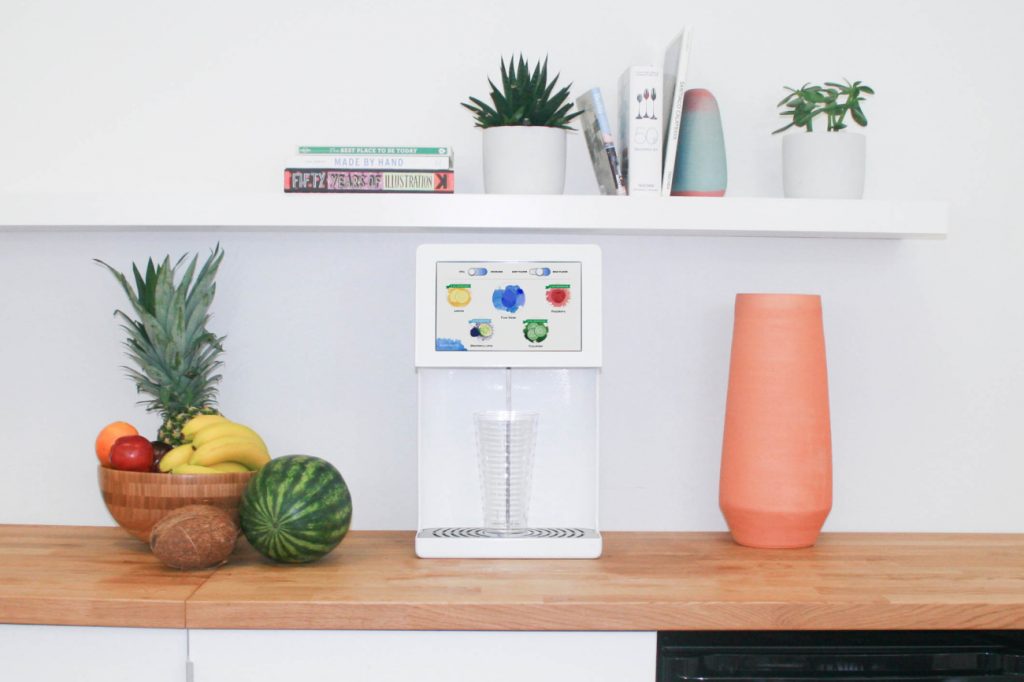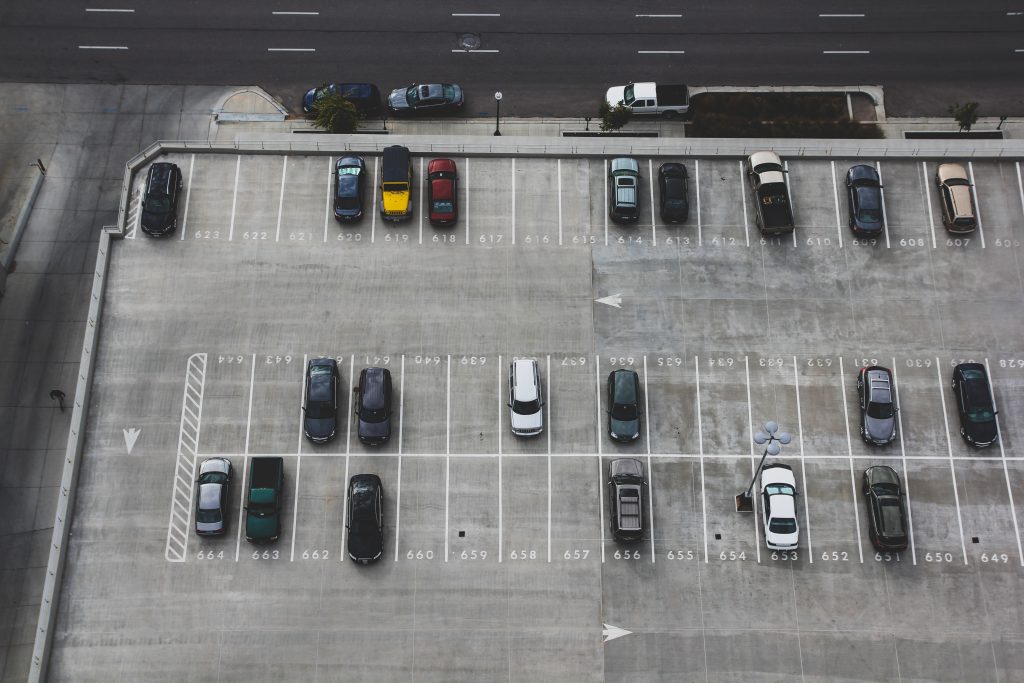Business leaders are always looking for ways to cut down on unnecessary expenses.
But budget improvements can become even bigger wins when they also improve the company’s brand image and streamline operations.
Eco-friendly office upgrades can usually accomplish all of those goals. Because they reduce consumption, they often result in cost savings while demonstrating your responsibility to the environment.
As we wrote in our post on structuring jobs to appeal to Millennial candidates, employees are increasingly interested in working for and supporting companies that are aligned with social causes. Those companies and organizations that want to demonstrate that they’re modern, and aware of current events, are making an effort to reduce their impact on the environment.
Here are a few ways that modern offices can go green and save money at the same time.
Allow remote work options
Telecommuting can be a fraught topic. Some company leaders swear it’s more effective than traditional office arrangements, and others worry that it’s unproductive or will kill company culture. But the fact is that if it works for your company and is rolled out thoughtfully, it has the potential to save a lot of money.
Some of business’ biggest overhead costs are the physical office space. If employees work from home, you’ll save on related office expenses. Even if you keep a physical office and simply cut down on the in-office staff, you’ll still save money on furniture, equipment, breakroom refreshments, and maintenance costs such as cleaning.
Allowing employees to work remotely eliminates your employees’ commutes, which gets more carbon-emitting vehicles off the road. Telecommuting can also cut down on the energy use of your office (we’ll discuss more office energy-saving tactics later in the article).
As a bonus, giving certain employees the ability to work remotely can be a great recruiting and retention tool. As digital communication tools have advanced and work culture changes, employees increasingly value jobs that let them do their work on their own terms.
Reduce waste in the breakroom
Plastic bottles are a notorious source of pollution worldwide, and they are ubiquitous in offices, whether they’re dispensed from a vending machine in the break room or being handed out to visitors in the reception area.
If you’re still using a vending machine or are stocking the shared fridge with drinks in plastic bottles, it’s time to find a less-expensive and more eco-friendly option for your refreshments.
As a substitute for bottled water, look into coolers or a filtration system. Some “smart” dispensers, such as Bevi (pictured below), even allow employees to add carbonation and flavors to their water.

If you opt for a water cooler, keep an eye on its energy use, especially if it dispenses hot water in addition to cold (keeping the water hot requires more electricity).
Provide your employees with re-usable, company-branded drinkware instead of paying for disposable cups.
Getting rid of plastic bottles is a good first step, but you should also tackle the waste-producing, pre-packaged snacks. Options like apples, oranges and bananas cut down on waste while also encouraging your employees to be more healthy (which has the snowball effect of cutting down on health-related costs like sick time and poor productivity).
Switch to permeable parking lots
If your company owns the property it’s located on or is in the business of managing property, there could be hidden savings under all your pavement.
The next time you need to install or upgrade a sidewalk, driveway or parking lot, you might want to look outside traditional options of concrete or asphalt and invest in materials that last longer and are better for the environment.
The biggest problem with the impervious surfaces typically used for paving is that they disrupt the natural flow of water under the soil. Rainwater would normally absorb into the soil and into underground streams, eventually into rivers and other waterways. Rainwater that lands on concrete must be channeled into manufactured drainage solutions, which often direct the water into sewage systems (and depending on your municipality, these can get overloaded during storms, causing more pollution as the overflow seeps into the environment).

Another problem, especially on larger lots, is that trash is washed from the surface and right into the waterways.
The drainage solutions required for larger parking areas (including underground pipes, grates, ditches and even ponds) are expensive. They also take up space that could be monetized in other ways.
Because of these expenses, porous pavement solutions that make use of pavers or use plastic grids under water-permeable surfaces can actually be more affordable. They may also cost less to install and require less maintenance over time than traditional concrete.
Save energy with smart thermostats
As we mentioned in our post How the Internet of Things is Creating the Future of the Office, technology that allows offices to optimize their energy use continues to advance.
Smart thermostats that can be controlled through any internet-connected device can quickly and remotely adjust office settings to reduce energy usage. Building administrators can see remotely whether employees forgot to adjust heat settings during a holiday, for example.
These new tools may be able to pay for themselves over time in the form of energy savings, especially for bigger offices.
Even better, being able to get big-picture data about how energy is used on site can allow managers to make other energy-saving changes. For example, sometimes changing or consolidating a few workers’ schedules can mean way less energy is used over time. (There’s little point in heating the whole office for just one worker, for example.)
Go paper-free
Plastic reduction has taken center stage for many environmental efforts as the increasingly damaging effects of plastic on our oceans and waterways become apparent. However, the use of paper continues to result in wasted trees and wasted energy, and most offices still have a ways to go in reducing unnecessary paper use.
These days, all kinds of digital, paperless solutions exist for common administrative needs. Web-connected apps can handle document sharing and storage, expense reports and receipt management, purchase orders and invoices, and office communications.
They help save expenses on the paper itself, but also on printers and related equipment. They also get to reclaim the square footage that the paper files and printing equipment used to take up.
Perhaps more importantly, digital, cloud-based apps have many undeniable advantages over paper, including amazing reporting capabilities. With digital apps, it’s much more difficult for records to get lost or damaged, which wastes plenty of staff time.
Going paper-free at your office isn’t just good for the environment. It saves money, space and time. #receptionistapp Click To TweetOne way many modern offices have still failed to go paperless is with their visitor logs. These records and the accompanying legal agreements and disclosures that are often required upon check in can generate a lot of paper.
A visitor management app like The Receptionist allows for these records to be signed digitally as part of the tablet-based check-in process. Plus, it provides a real-time list of visitors that can be access remotely in the case of an emergency evacuation, and features such as reports on visitor trends.
If you want to learn more about The Receptionist, click here to check out the rest of its features. If you’re ready to see it for yourself, click here to request a custom, no-obligation demo.
Share this Post

